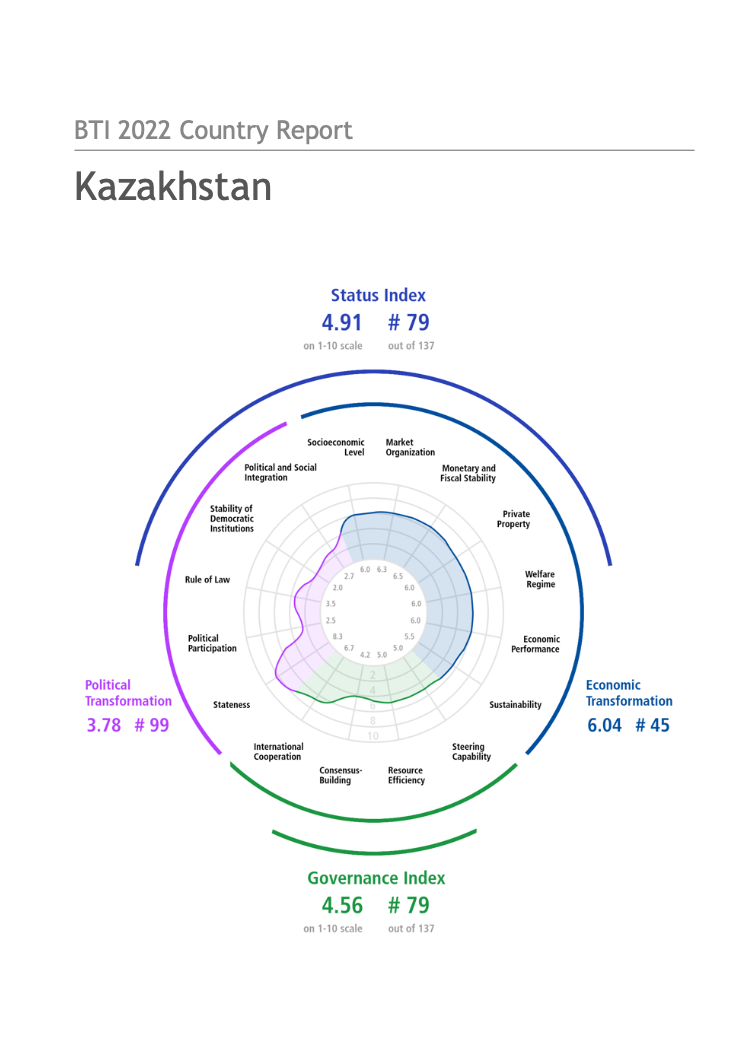LAND-at-scale Burkina Faso
This one-pager provides details on the LAND-at-scale project in Burkina Faso. This project is implemented by Nitidae, Observatoire National du Foncier Burkina Faso (ONF-BF), Oxfam Burkina Faso, and financed by the Ministry of Foreign Affairs via the Netherlands Enterprise & Development Agency.










